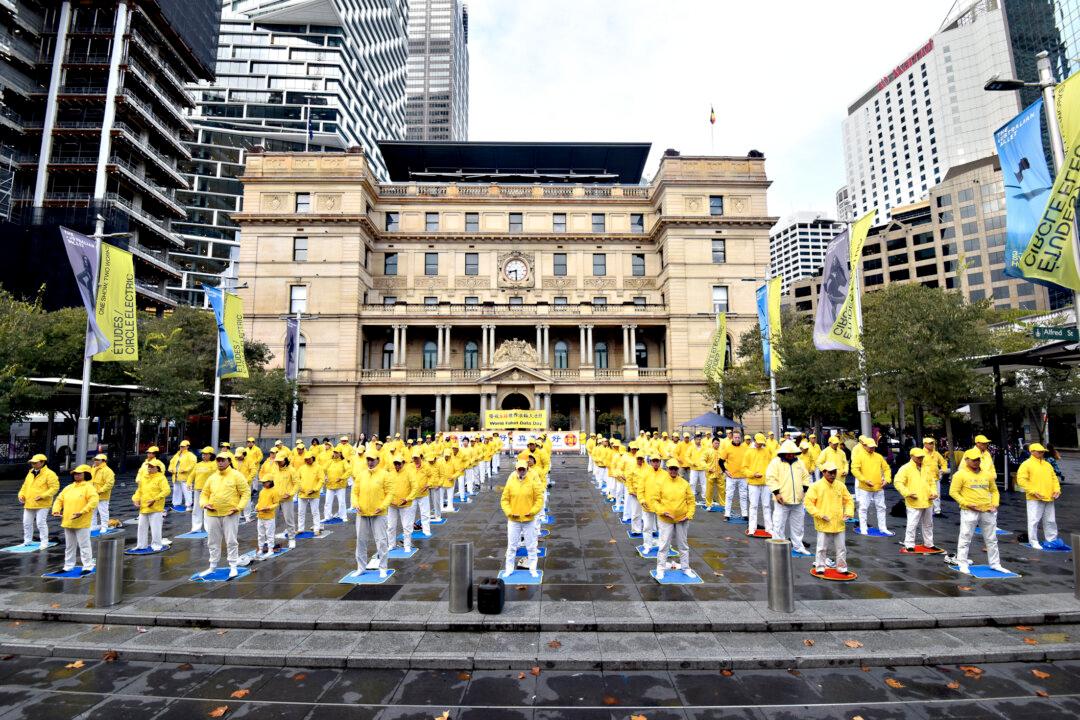The federal government has announced it will inject a further $5.5 billion into 1700-km Inland Rail, one of the country’s largest infrastructure projects, in a bid to deliver a more reliable and efficient fast freight network.
The increased investment, from an equity injection into Australian Rail Track Corporation (ARTC), is also estimated to create thousands of jobs and generate $2 billion in extra economic activity with the improved design of the project including nine additional viaducts, 4,500 additional culverts, 6.8 kilometres of extra bridges, 450 kilometres of additional fencing, as well as the removal of 139 level crossings.





